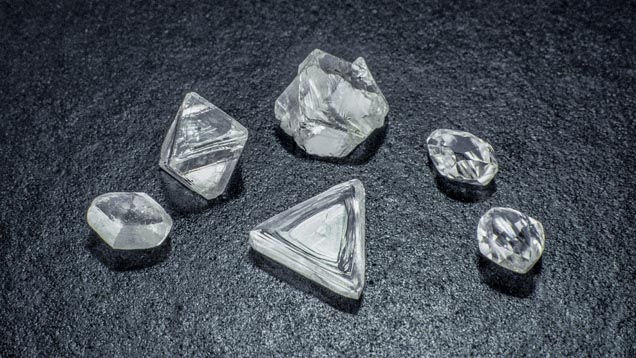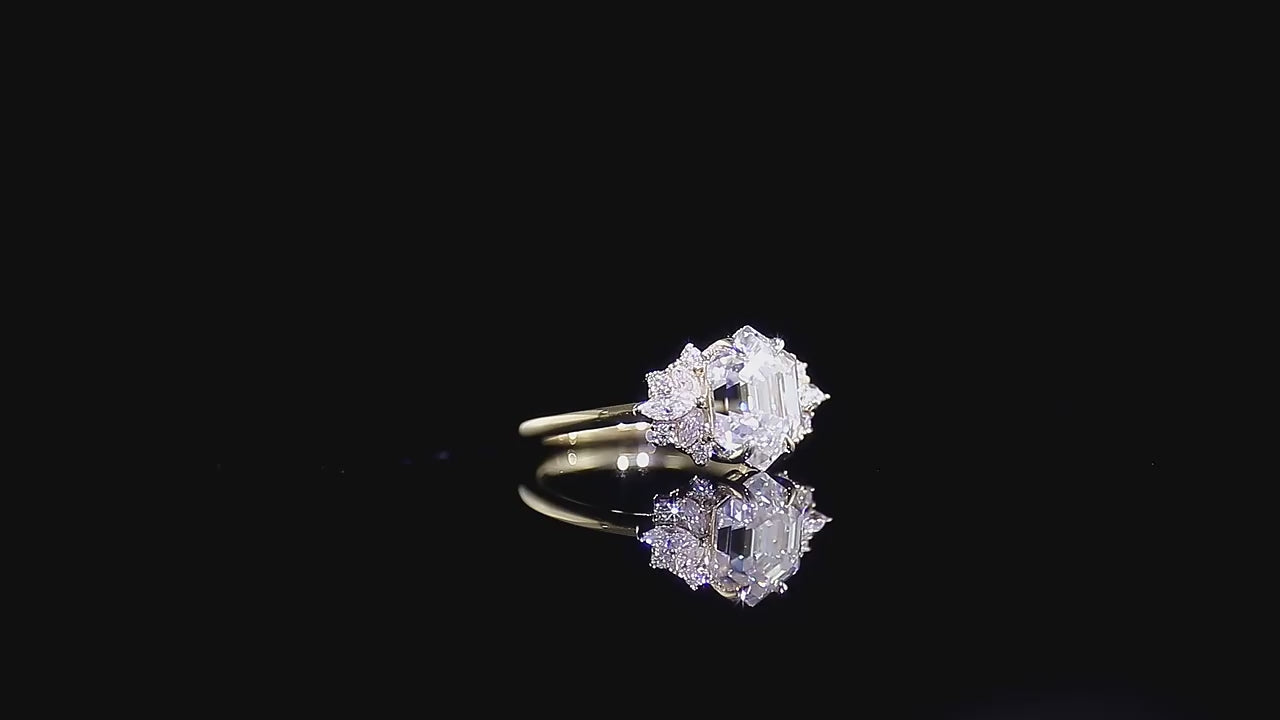When it comes to diamonds, the word itself evokes images of elegance, luxury, and sometimes a bit of confusion. But what if you could have that same sparkle without breaking the bank? Enter diamond simulants read! Let’s unravel what these gems are all about, how they compare to natural diamonds, and whether they might be the right choice for you.
What Are Diamond Simulants?
The Definition of Diamond Simulants
Diamond simulants are gemstones that mimic the appearance of diamonds but are not actually diamonds. They are created to replicate the look and feel of real diamonds without the hefty price tag. Think of them as the pretenders in the world of gemstones—while they shine brightly, they are not the real deal!
How Do They Differ from Natural Diamonds?
While natural diamonds are formed deep within the Earth over millions of years, simulants can be created in a lab or occur naturally. This fundamental difference is key! Natural diamonds come with unique inclusions and a storied history, whereas simulants are crafted to look flawless. It’s like comparing a vintage car with a high-quality replica: both may look stunning, but the stories they tell are very different.
Common Types of Diamond Simulants
There are several popular types of diamond simulants on the market. Let’s explore a few of them!
Moissanite
Moissanite is one of the most popular diamond simulants, known for its brilliance and fire that can sometimes outshine a diamond! Discovered in a meteorite, moissanite is both beautiful and durable. It’s like finding a gem from outer space—literally!
Cubic Zirconia
Cubic zirconia (CZ) is perhaps the most well-known diamond simulant. It’s an affordable option that can closely resemble diamonds in appearance. However, CZ tends to have a slightly lower hardness than diamonds. Think of it as the friendly sidekick of diamonds—sparkly but not as tough!
White Sapphire
White sapphires are natural gemstones that can serve as diamond substitutes. While they lack the brilliance of diamonds, they offer a classic look at a more accessible price point. Imagine a timeless pearl necklace—elegant and refined, but different from a diamond’s dazzle.
Lab Created Diamonds
Though technically not simulants, lab created diamonds are often grouped with them. These diamonds share the same chemical and physical properties as natural diamonds but are made in controlled environments. They’re like diamonds with a twist—real but ethically sourced!
The Pros and Cons of Diamond Simulants
So, why might you consider a diamond simulant? Let’s break down the pros and cons.
Advantages of Choosing Simulants
Cost-Effective: Simulants are often significantly cheaper than natural diamonds, making them a budget-friendly choice.
Variety: There are many options to choose from, allowing you to find a stone that fits your style.
Ethical Considerations: Many simulants, especially lab created diamonds, offer a more ethical alternative to mined diamonds.
Disadvantages to Consider
Durability: Some simulants, like cubic zirconia, are less durable than natural diamonds, which can scratch or chip over time.
Resale Value: Simulants generally do not hold their value as well as natural diamonds.
Perception: If you’re looking for the prestige that comes with a natural diamond, a simulant may not deliver that same status.
Identifying Diamond Simulants
Identifying diamond simulants can be tricky. Here are a few tips!
Visual Characteristics
One of the easiest ways to identify a simulant is looking at its appearance. While high-quality simulants can closely resemble diamonds, subtle differences exist. For example, moissanite exhibits a different kind of sparkle compared to lab grown diamonds, often appearing more colorful.
Testing Methods
Gemologists use various methods to test for simulants, including:
Refractive Index Tests: Diamonds have a specific refractive index that differs from many simulants.
Hardness Tests: Diamonds are the hardest known substance, while simulants may score lower on the Mohs scale.
It’s like being a gem detective—using clues to determine the true identity of a stone!
The Market for Diamond Simulants
The popularity of diamond simulants is on the rise. Let’s explore why.
Price Comparisons with Natural Diamonds
When it comes to price, simulants can be a fraction of the cost of natural diamonds. This affordability opens doors for people who want the diamond look without the diamond price. Imagine finding a beautiful dress at a fraction of the cost—it’s hard to resist!
Consumer Trends and Preferences
More consumers are shifting towards simulants, driven ethical considerations and financial constraints. People want beautiful options that don’t compromise their values. It’s a refreshing change in a world where more isn’t always better!
Caring for Diamond Simulants
Once you’ve chosen your diamond simulant, it’s essential to care for it properly.
Cleaning and Maintenance
Cleaning your simulant regularly will keep it looking sparkling! Use mild soap and water, and avoid harsh chemicals. Think of it like giving your favorite shoes a good polish—it keeps them looking fresh!
Long-Term Care Tips
Store your simulant separately from other jewelry to avoid scratches. A soft pouch or jewelry box can do wonders for maintaining its shine. It’s all about that loving care to ensure longevity!
Conclusion: Are Diamond Simulants Right for You?
In the end, whether diamond simulants are right for you depends on your preferences, budget, and values. They offer an exciting alternative to natural diamonds, blending beauty and ethics in a way that resonates with many consumers today. So, are you ready to explore the world of diamond simulants? With a little research and understanding, you might just find the perfect gem that fits your style and budget!



